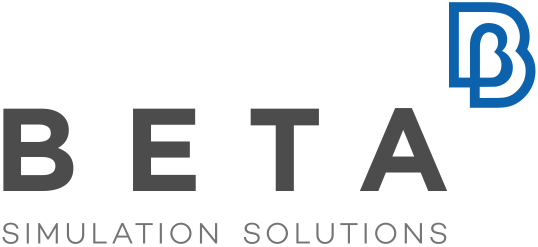Artificial intelligence (AI) and the sub-discipline of AI, machine learning (ML), are topics that are being intensively discussed in all areas of society today. In engineering the concepts of AI emerged in the field of computer science around 1955. In the field of engineering analysis with CAE systems, there has been a strong trend for the industrialization of AI and ML since the 1980s. In recent years, the combination of increased compute power, dedicated tools and huge interest in the technology has led to an exponential growth in usage. Most companies sit on a large amount of data, virtual or physical, that can be used to create models for better and smarter decision making.
One of the most valuable applications of AI/ML in CAE is physics predictions using ML models. With a limited number of simulations, a rapid prediction capability is achieved once the system has been trained. In many cases the response time of such models are seconds, compared to hours for the corresponding simulation model. This enables rapid optimization and design exploration of the system, but also for prediction of systems behavior for similar systems. The methods are physics agnostic, and apply to structural simulations, fluid/particle simulations, electromagnetic simulations, thermal simulations etc.
The input data to such models can come from physical sensors as well as virtual sensors. Thus, models based on the combination of data from simulations and the physical world are now common. Many modern digital twin systems are based on this concept, where input from the physical twin and digital twin is combined into decision models based on AI/ML. Other applications of AI/ML in CAE include clustering/characterization of results, shape recognition for model build etc. If we expand the scoop outside CAE, many hybrid applications where data from different domains, including CAE, exists. Test data management, warranty analytics, predictive maintenance are such applications.
It is clear that AI/ML integrated in CAE applications can accelerate the design process.
With this seminar, NAFEMS showed and discussed current applications of AI and ML in the field of CAE. We addressed research and development, teaching and especially users to present new results, applications, exchange ideas and discuss potential challenges. The aim was to provide a platform to unite stakeholders from the field of AI. The seminar was organized by the NAFEMS NORDIC Steering Committee.
For any inquiries please contact roger.oswald@nafems.org






